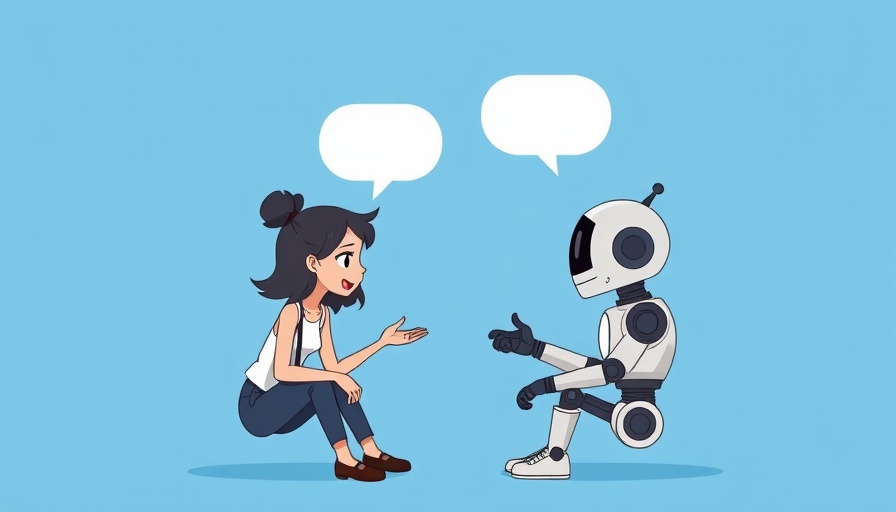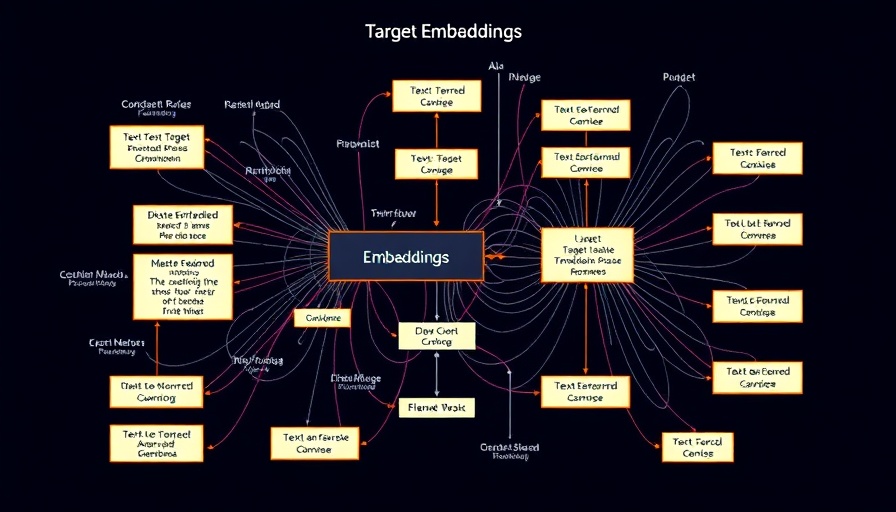
Is Purpose the Key to Advancing LLM Chatbots?
In an era where LLM-based chatbots are becoming more sophisticated by the month, we find ourselves at a critical juncture. Despite enhanced capabilities reflected in benchmarks like MMLU and HumanEval, are these advancements translating into a better user experience? As technology evolves, focusing solely on output quality may overlook a crucial component—purposeful interaction.
The Need for Meaningful Dialogue
Imagine chatting with a virtual assistant for travel planning. Instead of relying on a one-off fetch of information, what if the assistant engaged in a meaningful dialogue? This multi-round interaction allows for nuanced communication, uncovering user preferences and adapting as necessary. Purposeful dialogue means moving beyond pre-set responses to dynamic exchanges, akin to negotiation theory, which suggests that iterative discussions yield superior outcomes.
Challenges in Current Chatbot Technologies
Current LLMs typically prioritize token prediction, which on the surface seems effective for language generation. However, this approach diverges from how humans communicate. Intent-driven conversations require back-and-forth exchanges—where each input refines understanding, much like in everyday dialogues. Research indicates that users experience frustration when they cannot engage in this type of conversation with a chatbot, leading to less satisfaction.
Chatbot Flows and Their Impact on User Experience
As noted in studies, effective chatbot flows—structured paths guiding conversations—improve interactions significantly. A well-constructed flow not only handles user inquiries efficiently but also fosters positive experiences by aligning with user expectations. These flows can dynamically adapt, addressing user needs without losing context. Businesses leveraging platforms like Rasa have seen increased engagement and lower churn rates as a result of streamlined conversational design.
Looking Ahead: Enhancing AI through Purpose
The future of LLM chatbots doesn't just hinge on clever algorithms but on enhancing their ability to engage users meaningfully. By implementing turn-taking and memory features, future chatbots could constantly evolve, adapting to user preferences while optimizing conversations for clarity and satisfaction.
What if your chatbot recognized your needs and preferences over time, adjusting interactions accordingly? As we push towards this goal, a chatbot’s success will be measured not only by its technical performance but by its relational quality.
 Add Row
Add Row  Add
Add 




 Add Row
Add Row  Add
Add 


Write A Comment